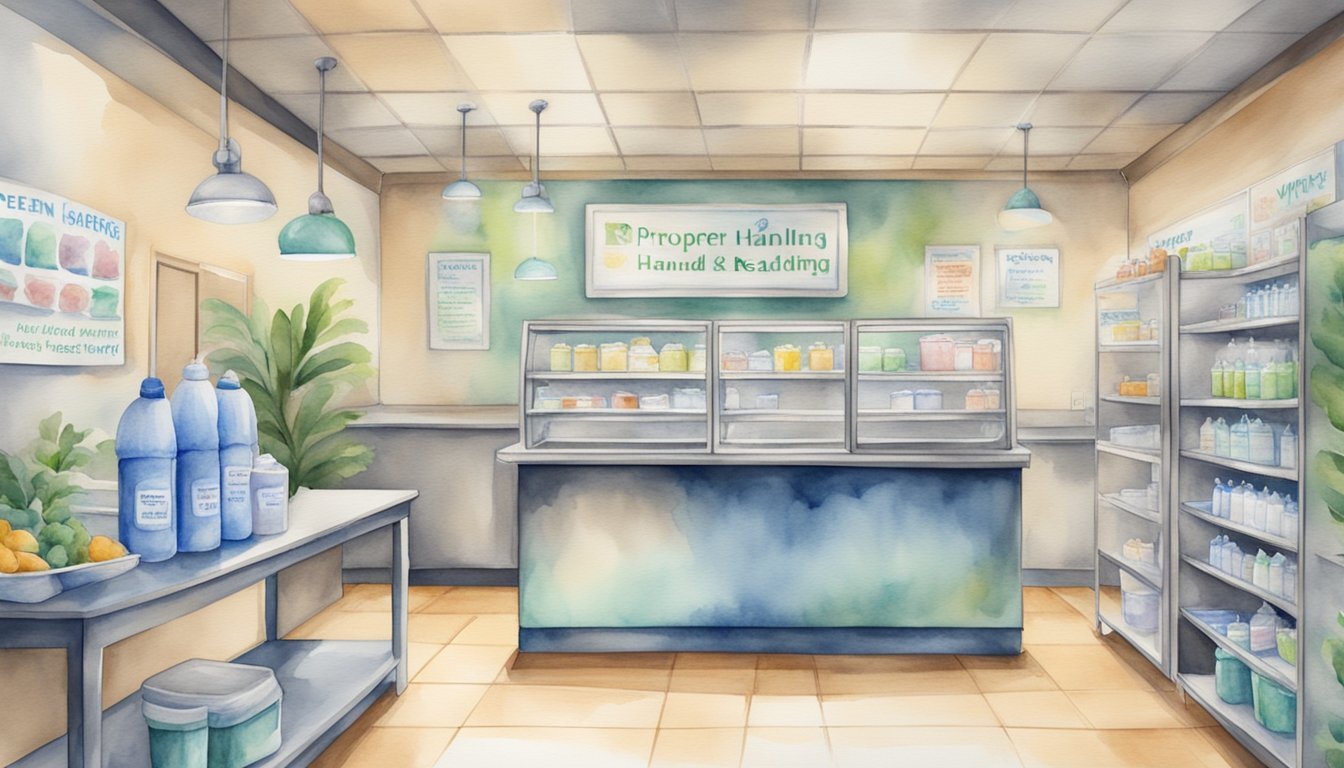Understanding Norovirus
Norovirus is a highly contagious virus responsible for causing gastroenteritis, which leads to symptoms such as vomiting and diarrhea. It is especially concerning in environments where close contact is common.
Symptoms and Transmission
Norovirus manifests with various symptoms including nausea, vomiting, diarrhea, stomach pain, and sometimes fever, body aches, and headaches. People generally develop symptoms within 12 to 48 hours after exposure to the virus. Transmission can occur through direct contact with an infected person, consuming contaminated food or water, touching contaminated surfaces, and then putting unwashed hands to the mouth. Learn more through the Centers for Disease Control and Prevention.
High-Risk Environments
Certain environments are more conducive to the spread of norovirus due to close living spaces and shared facilities. These include cruise ships, nursing homes, schools, and day care centers. Norovirus is particularly adept at spreading among both children and adults in these settings, leading to large outbreaks. It is most active during the winter months, but it can occur year-round. Extra precaution in such high-risk environments is crucial for preventing transmission. The CDC provides guidance on managing norovirus risk in these settings, which is useful for both individuals and facility administrators.
Please refer to the detailed resources on CDC’s norovirus prevention for related best practices and recommendations.
Norovirus Prevention Strategies

Effective strategies to prevent norovirus involve rigorous personal hygiene and adhering to food safety guidelines. Maintaining cleanliness in the environment, especially in kitchens and eating areas, is crucial.
Personal Hygiene and Handwashing
Handwashing with soap and water for at least 20 seconds is essential. One should wash their hands thoroughly before eating, preparing food, and after using the restroom or changing diapers. When soap and water are not available, using an alcohol-based hand sanitizer can reduce the number of germs on hands in some situations, although hand sanitizers do not eliminate all types of germs.
Food Safety and Environmental Cleaning
Concerning food safety, it is important to thoroughly wash fruits and vegetables and to cook seafood to safe temperatures. When cleaning and sanitizing surfaces, especially those that have come into contact with food or an ill person, one should use appropriate disinfectants known to be effective against norovirus. Regularly cleaning high-touch areas, such as doorknobs and faucet handles, minimizes the risk of norovirus transmission through contaminated surfaces.

